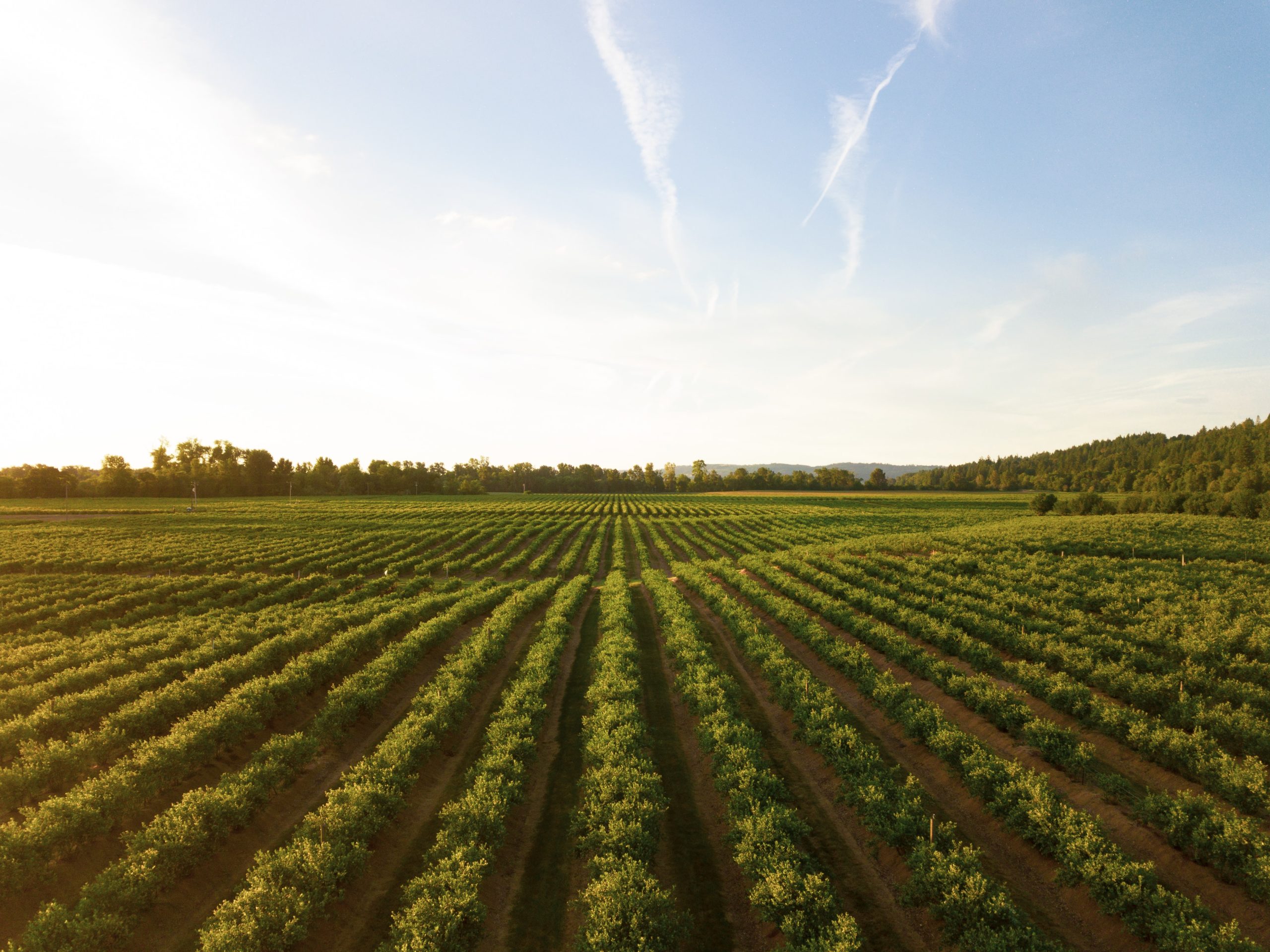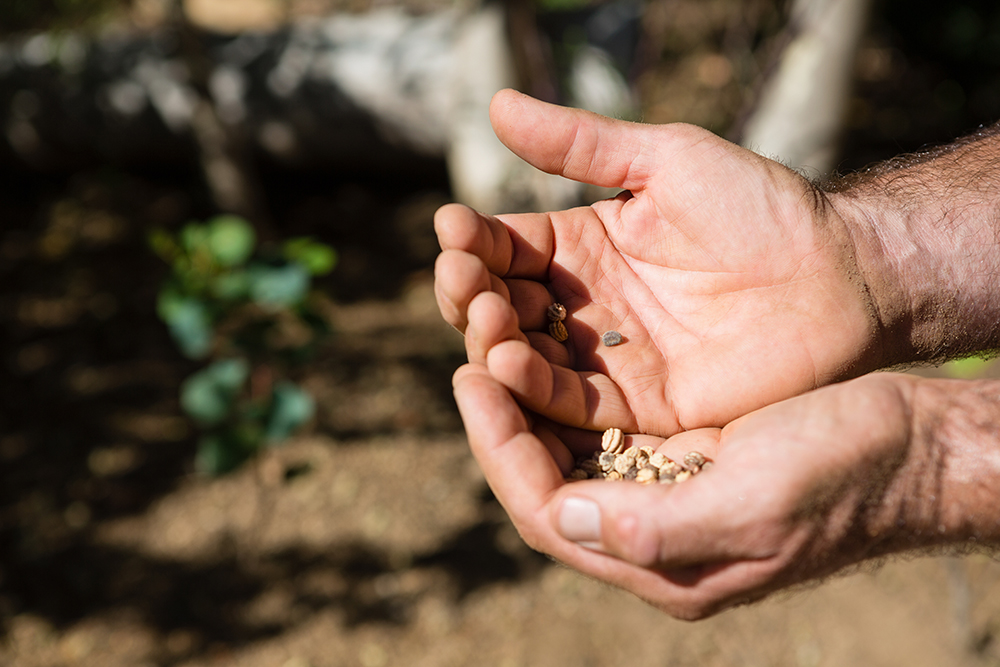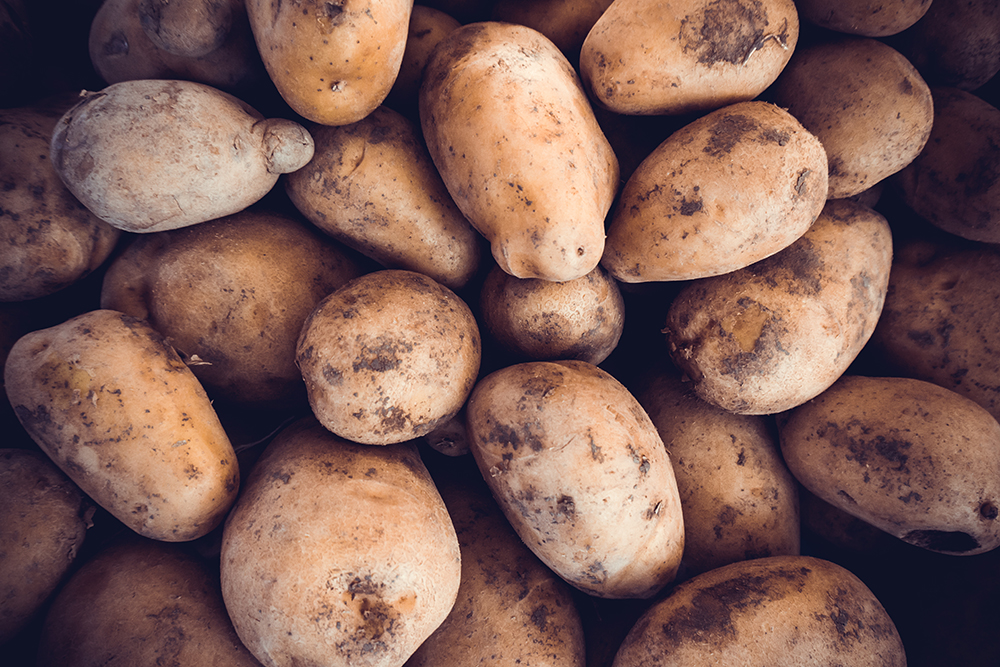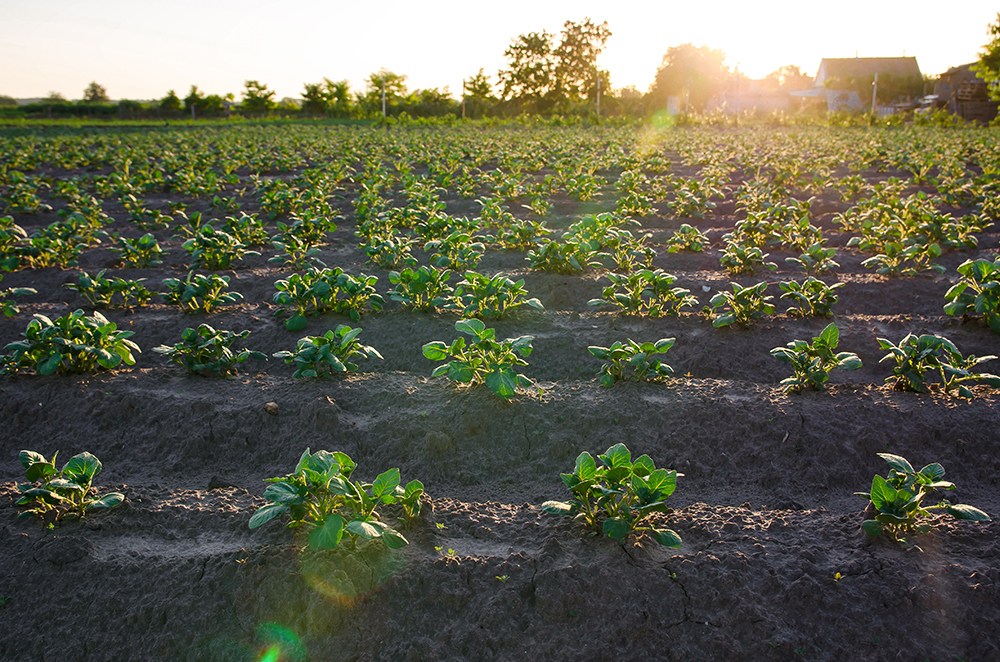
According to the Modern Farmer, paper made from banana tree fibers may be key to overcoming potato cyst nematodes – microscopic worms that cause yellowing leaves and stunted spuds to be covered in legions. These worms latch onto and burrow into the tuber’s roots – this causes as much as a 70 percent in loss in yields. Not only that but these pests can stay dormant within mature cysts before migrating to the potatoes’ roots, causing irreversible damage.
Many attempts have been made to manage these worms in the past such as spraying the soil with pesticides, alternating crops, or planting disease-resistant varieties – however, agricultural areas with smallholder farmers are often unable to afford those options or are in a situation where it doesn’t make sense to implement them. Instead, some farmers, like those in sub-Saharan Africa, have resorted to unsustainable deforesting in order to rid their fields of these parasites.
Recently however, researchers have discovered a new possible method to combat the potato cyst nematode.

The Wrap & Plant Method
Called “wrap and plant,” the approach was published in Nature Sustainability. This method utilizes paper created from banana tree fibers that would normally go unused to wrap potato seeds prior to planting. In their report, researchers who worked with farmers in Kenya were able to demonstrate that this method effectively reduces infestation and damage to the crop while increasing yields as much as fivefold.
In Kenya – where the pest has been a documented problem since 2015 – multiple tests were conducted to measure the material’s effectiveness against the nematodes.
The test groups:
- seeds wrapped in banana paper dosed with low doses of abamectin (a pesticide that kills nematodes)
- seeds wrapped in paper without abamectin
- seeds planted without any banana paper but in fields sprayed with abamectin
- seeds without banana paper wraps or chemical treatment.

Results
Results showed that the banana paper, with or without the pesticide, prevented potato infestation in the field and increased potato yields and size. Researchers also saw denser potato root systems with the use of the banana paper.
With further study researchers were able to deduce that nematodes are attracted to the chemicals released by potato roots – they act as a roadmap on how to best infect the plant. However – with or without the addition of abamectin – the banana paper was able to absorb 94% these chemicals and disrupt the signaling between the plant and the nematode!
As the banana paper reduced nematode hatching by 85%, researchers believe this tactic could dramatically reduce the need for pesticides in the future.

Moving Forward
This method could benefit millions of producers who rely on potatoes as a cash crop yet have been struggling with potato cyst nematodes and can’t afford alternate methods.
This sustainable, effective, and affordable method also has the potential bridge the gap in access to necessary farming technology and play a role in achieving greater food security!
Researchers are looking to bring this technology to market, further driving economic development in Africa and allowing its farmers to produce plentiful yields. They plan to conduct more studies in the future, implementing the banana paper method on other vegetable crops as well.






